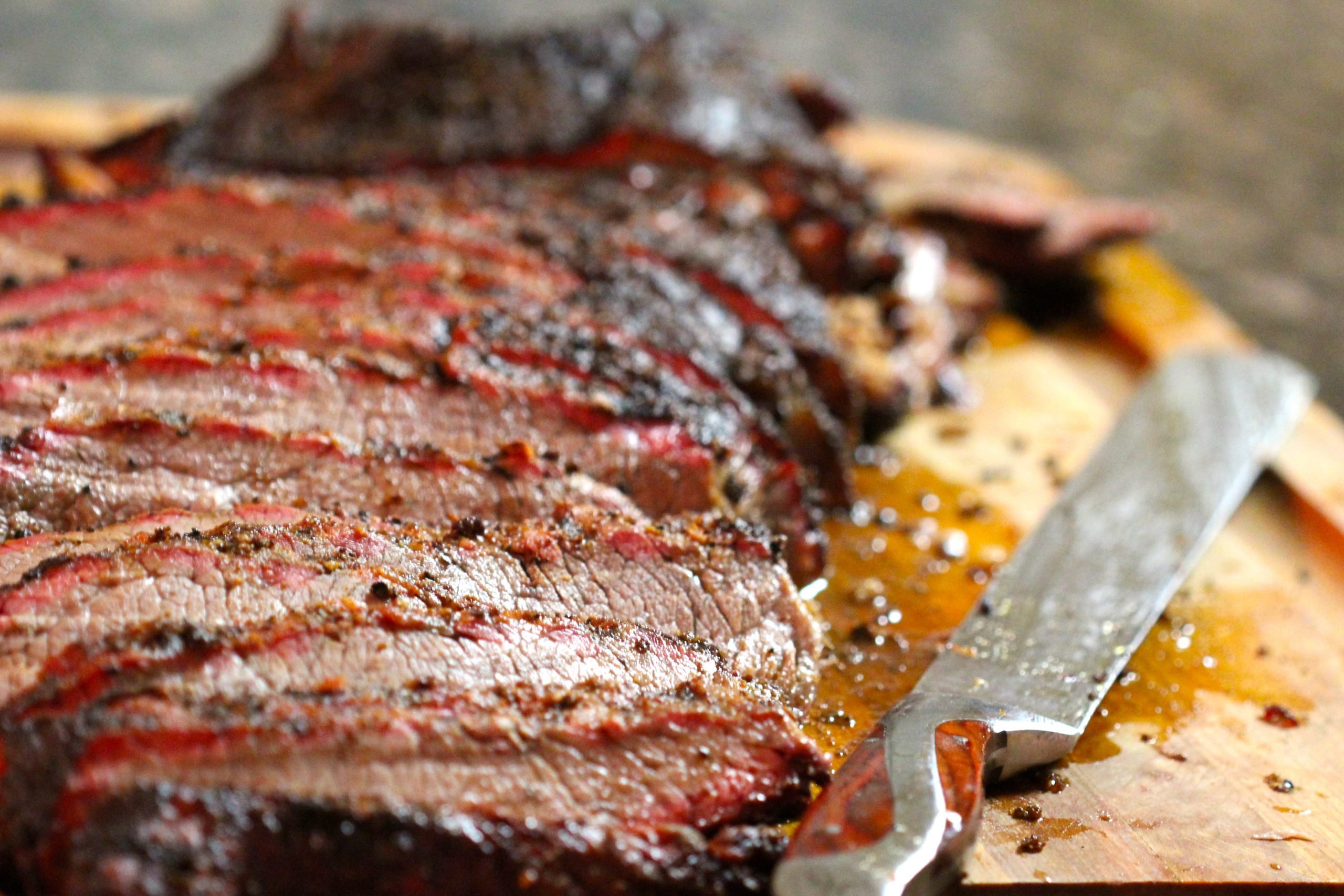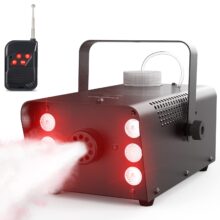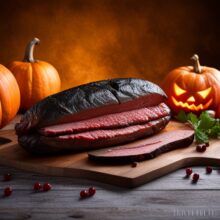Beef Smoking Techniques

Smoking beef is a simple way to turn fatty cuts into tender and flavorful dishes. The process involves heating reducing sugars (glucose and fructose) with proteins and fats to create new compounds that result in a chewy bark-like texture.
There are many techniques for smoking beef, and each works best for different types of meats. Learn about the various methods and choose one that works for you.
1. Smoking Rack
A smoker rack is a device that can be placed in your grill to hold beef, pork, vegetables and other items for smoking. It saves you space and allows you to cook more on your grill at once.
When choosing a smoker rack, look for one that is made of stainless steel so you can wash it in the dishwasher. You also want to find one that has a drip pan for catching the juices from your roasting meat.
Tougher cuts of meat work well for smoking because they are rendered tender and juicy after long cooking times. This is because the process of smoking slowly tenderizes, melts and renders the fat into a luscious, moist meat full of natural flavor.
To make sure your meat doesn’t dry out during the cooking process, be sure to use a smoke rub or seasoning before smoking it. This will help to keep the meat moist and add a layer of flavor to the exterior, making it easier for the smoke to stick to the meat.
2. Smoking Box
A smoker box is a great way to add smoke flavor to meat, chicken, or vegetables. It is a metal container that holds wood chips or pellets over or next to a heat source to produce smoke.
A good quality smoker box is made from stainless steel and will be able to hold the smoke for a long time without rusting or warping. Some are cast iron, and these take longer to warm up but stay hot for longer.
Smoker boxes are also available in aluminum foil and can be purchased at most grocery stores. However, disposable smoker boxes should never be placed directly on coals or a heat source, as they will melt under high heat.
To use a smoker box, first preheat your grill to the appropriate temperature (high and low burners). Fill the smoker box with wood chips or chunks and close the lid. Load the box to three quarters full for a longer cook and two-thirds for a shorter one.
3. Grilling
When cooking meat over a grill, it is important to be careful not to overcook your beef. You want to make sure the meat is cooked to a safe internal temperature, which is between 145 and 175 degrees Fahrenheit.
This will ensure that you are not cooking your meat beyond its safe doneness and you aren’t risking pathogens being present in your meat. If you are unsure about your grill’s temperature, use your meat thermometer to check that it is the correct temperature.
To keep your meat from sticking to the grill and causing flare-ups, truss it up using kitchen twine before placing it on the grill. This helps to ensure that the meat cooks evenly, which is important when smoking meat.
4. Barbecuing
Barbecuing is a technique that uses low heat and slow cooking to create tender, delicious beef. It’s often used for large cuts of meat such as pork shoulders, ribs and briskets.
The word barbecue comes from the Taino word barbakoa, which means “framework of sticks.” It’s believed that this method was introduced by the Spanish when they came to America in the 18th century and embraced it as a way to cook their food over wood.
It’s also a great method for tougher cuts of meat, such as beef brisket or whole chickens. This is because they’re made up of a lot of connective tissue in the form of collagen, which breaks down over time to render them tender.
Grilling is a quick and easy way to create tasty, flavourful meals without the need for a smoker. It’s also popular for cooking smaller cuts of meat such as burgers and sausages, which need to be cooked quickly with minimal risk of burning.
Read more great BBQ articles at Bob's BBQ Tips



